The United States and the United Kingdom sealed their first bilateral trade accord of the Trump-Starmer era yesterday at the G-7 summit in Kananaskis, Canada. President Donald Trump and Prime Minister Keir Starmer each held up the signed document—though wind briefly scattered several pages—as they proclaimed the deal “done” and ready for phased implementation by the end of the month.
Core Market-Access Changes
- Automobiles – The United States will cut its tariff on U.K.-made passenger cars from 27.5 percent to 10 percent for up to 100,000 vehicles a year. Anything above that quota reverts to the higher rate. British automakers shipped about 83,000 cars to the U.S. in 2024, so most current exports will qualify for the lower duty.
- Aerospace parts – A standing 10 percent U.S. levy on aircraft engines, wings, and other components sourced from the U.K. will drop to zero, sparing firms like Rolls-Royce and BAE Systems from tariffs tied to Trump’s national-security probe of the aerospace sector.
- Agriculture – London agreed to grant U.S. producers tariff-free quotas of 13,000 metric tons of beef and 1.4 billion liters of ethanol annually. U.K. food-safety rules banning hormone-treated beef remain in force, but U.S. exporters called the volume “commercially meaningful.”
Steel and Aluminum: Quotas Instead of Clear-Cut Relief
The thorniest issue—Trump’s 25 percent global steel tariff, recently doubled to 50 percent for most nations—was not fully resolved. The new text pledges that Commerce Secretary Howard Lutnick will “promptly construct a quota at most-favored-nation rates” for qualifying U.K. steel and aluminum, but it does not set tonnage or an effective date. British officials say their ultimate goal remains a zero-tariff rate on “core products,” yet admit the quota design hinges on U.S. supply-chain-security tests requiring melt-and-pour certification—a challenge for U.K. mills that reprocess imported slab.
Implementation Steps
- Presidential executive order – Hours after the signing, Trump issued an order directing Customs and Border Protection to publish the new auto and aerospace rates in the Federal Register within ten days.
- Quota rulemaking – Commerce will open a 30-day comment window in early July to set steel and aluminum quota volumes and reporting rules; affected importers will need licenses to use the quota.
- Parliamentary action – Because the accord amends tariff schedules but does not change U.K. statutes, Starmer’s government will implement it through secondary legislation under the Taxation (Cross-border Trade) Act; the measure is expected to clear both Houses in July.
Economic Stakes
- Automotive – U.K. industry group SMMT estimates the 17.5-percentage-point tariff cut will save manufacturers roughly £425 million ($540 million) a year and protect “tens of thousands” of Midlands and northern-England jobs tied to U.S. demand.
- Aerospace – Removing the engine-parts duty could add £150 million in annual sales, according to ADS, the U.K. aerospace trade body.
- U.S. agriculture – The ethanol quota roughly equals current U.K. market size, prompting domestic producers to warn of “extinction-level” competition. U.S. beef exporters welcomed the access but said non-tariff barriers still limit immediate gains.
Political Context
Trump touted the agreement as proof that his April “reciprocal” tariffs strategy is pushing allies to “fairer terms.” Starmer, for his part, emphasized diplomacy over confrontation: “We get things done because we sit down and negotiate.” Both leaders face domestic criticism—Trump from protectionists who dislike quota carve-outs, Starmer from environmentalists wary of U.S. ethanol and farmers skeptical of American beef. Still, the deal gives each a headline achievement: Trump’s first post-tariff bilateral pact and Starmer’s demonstration that post-Brexit Britain can land bespoke U.S. market openings.
Remaining Hurdles
- Steel quota design – U.S. officials insist on certification that eligible U.K. steel is not partially of Chinese origin; British mills say tracing melt-and-pour data for re-rolled slab is costly and may exclude up to 40 percent of output.
- Regulatory alignment – Washington wants Britain to relax sanitary rules on antimicrobial washes for poultry; London says food-safety standards “will not be diluted.” Talks will continue parallel to the tariff schedule.
- Congressional oversight – Because the pact is implemented via executive action rather than a formal free-trade agreement, it bypasses a congressional vote. Some lawmakers warn they might introduce legislation to limit presidential tariff-cut authority if future deals are deemed unbalanced.
What’s Next
Tariff reductions on autos and aerospace are virtually locked in for late June. Steel could drag into the fall if quota mechanics prove complex, leaving U.K. mills temporarily exposed to the 25 percent global rate should grace periods expire. Despite those uncertainties, the accord marks the first concrete trade détente since Trump elevated across-the-board duties this spring and signals that targeted concessions—quotas for strategic sectors in exchange for agricultural openings—may become the administration’s template for resolving disputes with other allies.
Businesses on both sides of the Atlantic now shift from lobbying to compliance planning: automakers must track quota use, ethanol importers need licensing, and steel firms await quota guidance. If implementation proceeds smoothly, officials say phase two talks could tackle pharmaceuticals and digital trade next year. For now, the agreement stands as a rare bright spot amid escalating global tariff battles, illustrating that even in an era of “reciprocal” levies, negotiated market access is still on the menu for partners willing to meet Washington’s conditions.



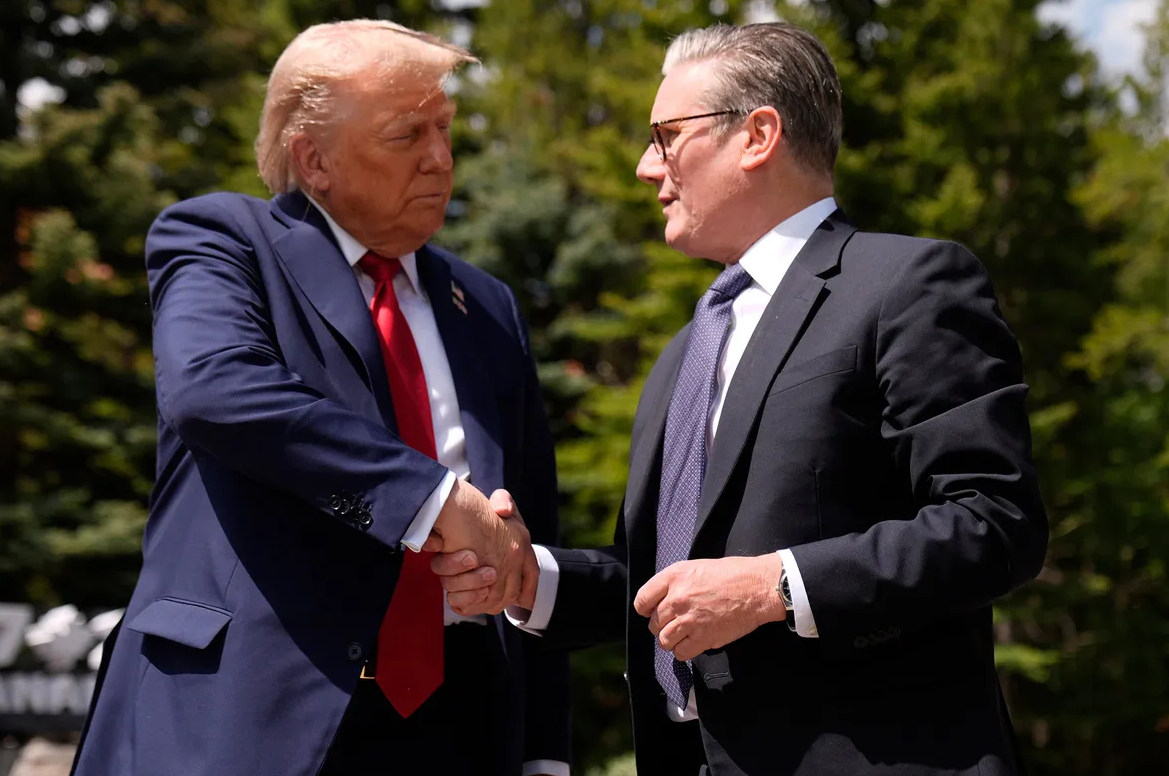


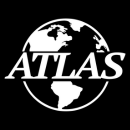
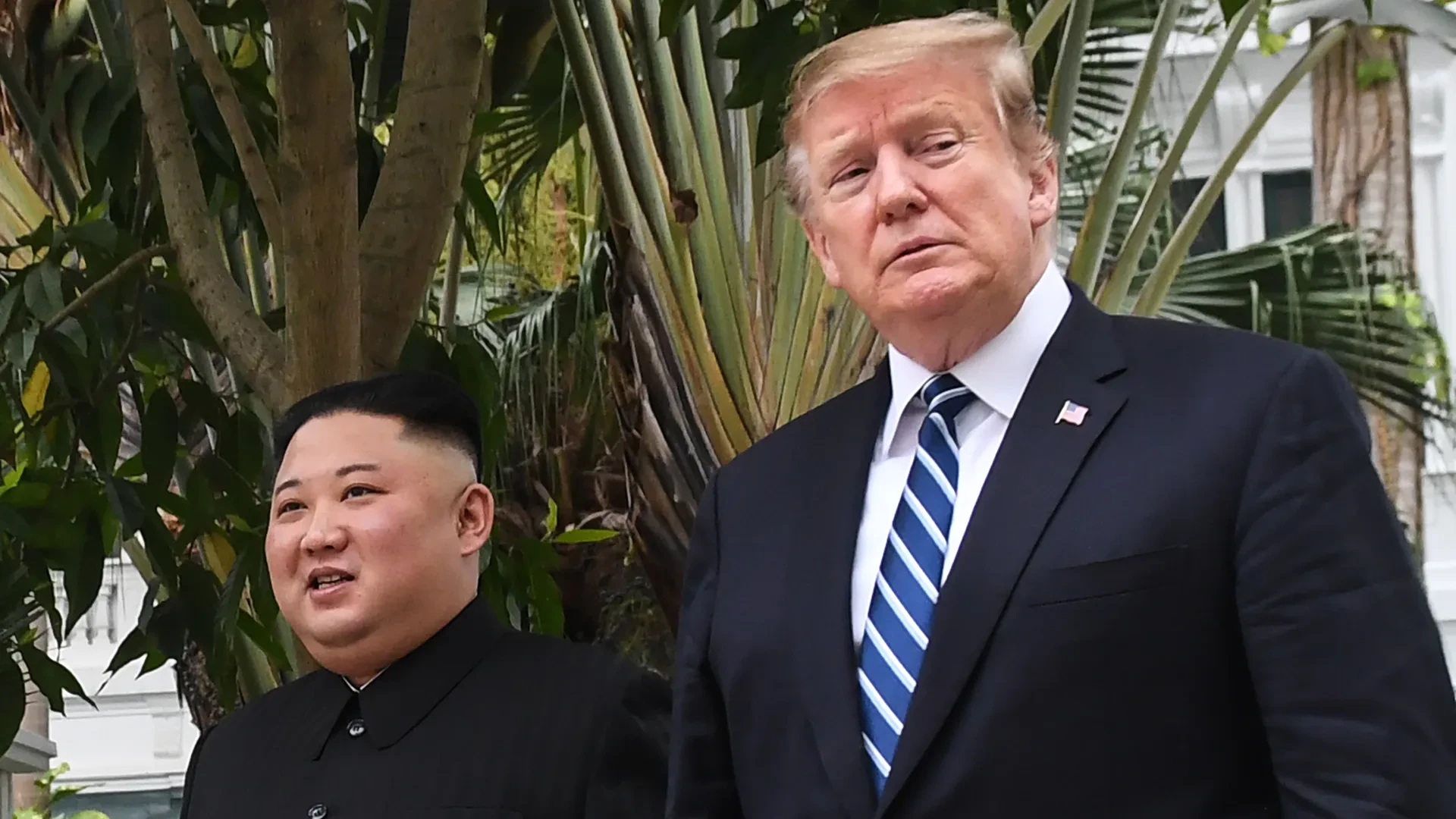

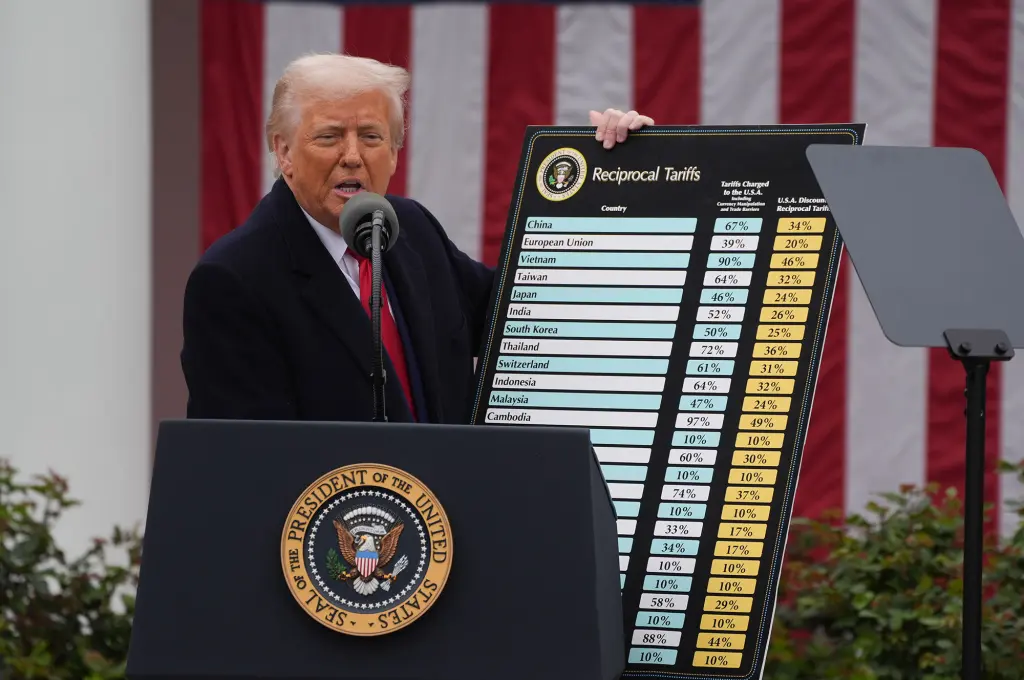

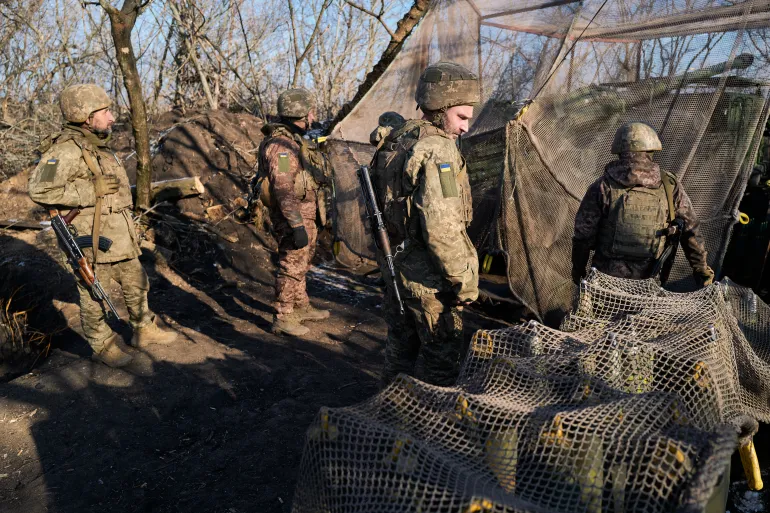

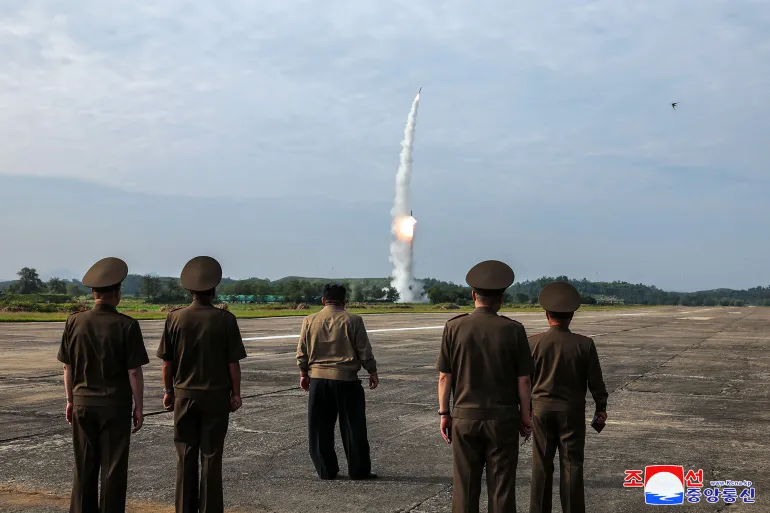

Discussion